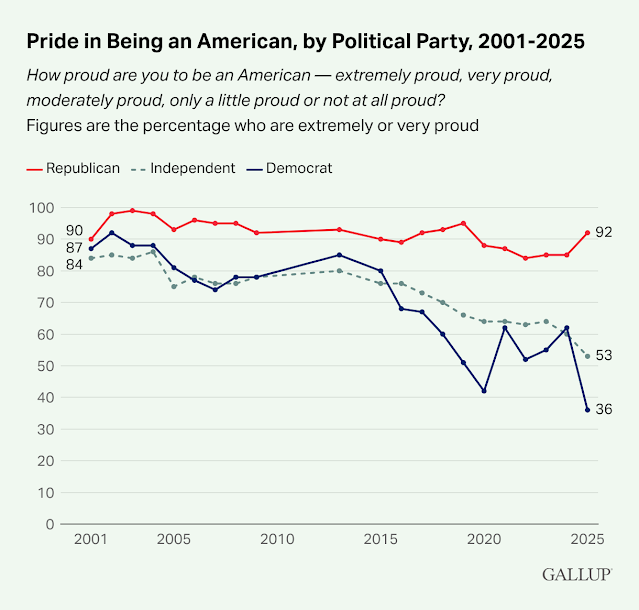Many posts have discussed public trust in institutions and political leaders.
Daniel Cox at the Survey Center on American Life:
Americans have a generally low regard for many of their political institutions, and most say they mistrust elected officials to act in the public interest. Nearly three-quarters (74 percent) of Americans say elected officials mostly want to benefit themselves, while only one in four (25 percent) say officials care more about improving the country.
The belief that elected officials are more focused on their own personal gain than on improving the country is widespread among the public, cutting across lines of education, race, ethnicity, gender, and age. Democrats are especially cynical: Nearly eight in 10 (79 percent) say elected officials are only in it for themselves, a view held by 64 percent of Republicans.
In his recent election, Trump may well have benefited from Americans’ low esteem for public officeholders. Few Americans believe Trump is honest or trustworthy, but many do not believe he is any worse than the average public official. Close to half (47 percent) of Americans say Trump is less trustworthy than most other elected government officials. But collectively, more Americans say he is more trustworthy (33 percent) or no different (20 percent). Even Americans with moderately negative views of Trump—specifically, those with a somewhat unfavorable opinion of him—do not view him as especially untrustworthy. Most (56 percent) say he is no different from the average elected government official.

